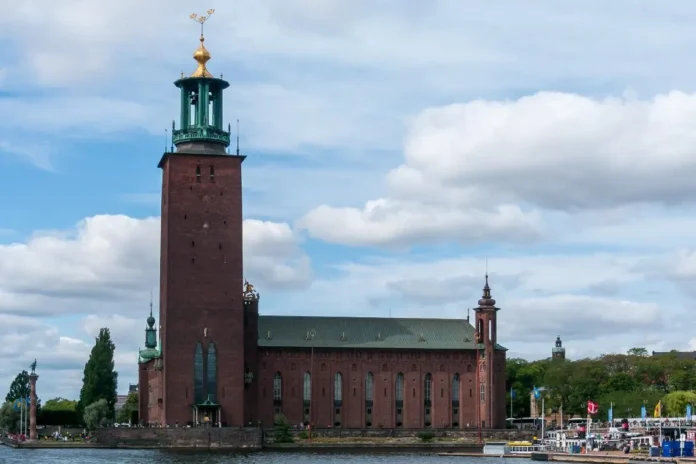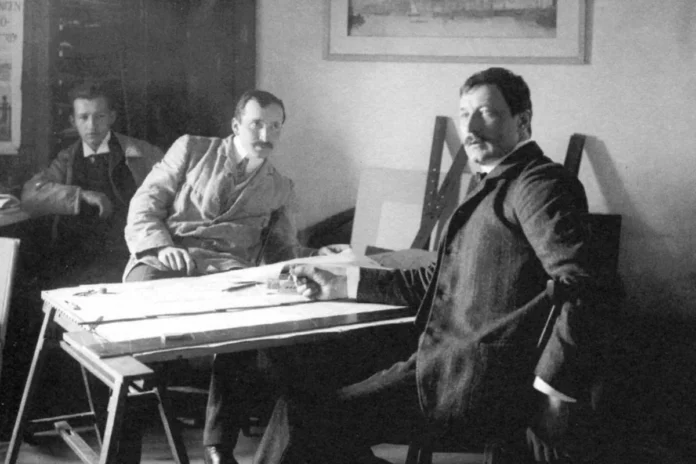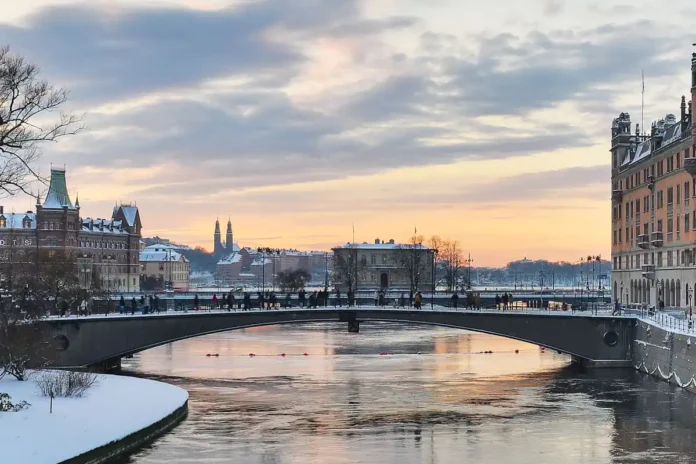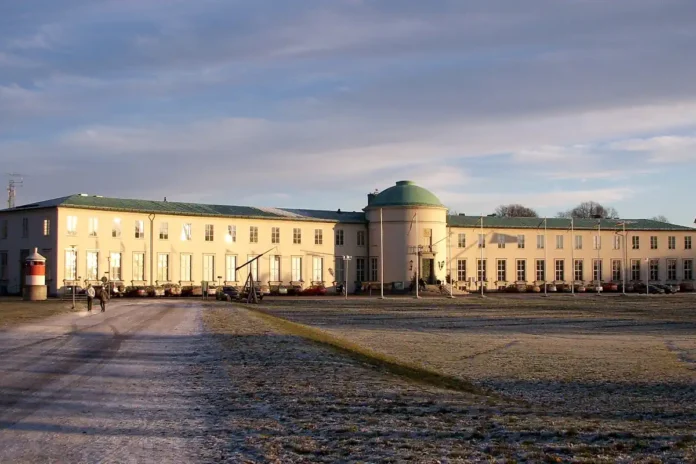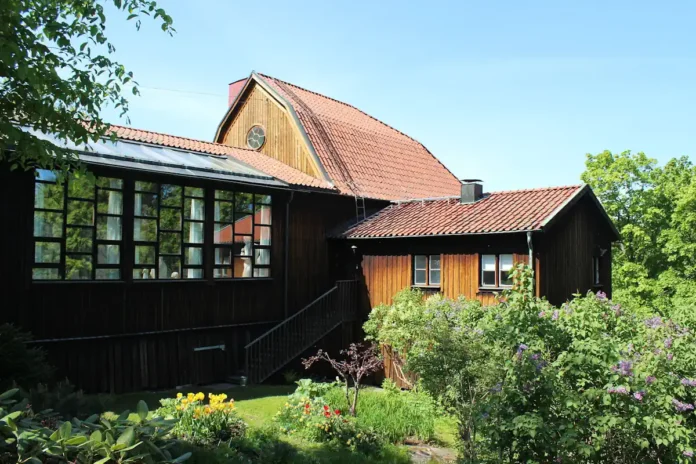Ragnar Östberg:
The architect who shaped Stockholm’s skyline
Swedish architect Ragnar Östberg (1866–1945) had a significant impact on Stockholm’s architectural scene in the early 1900s. The Stockholm City Hall, his most well-known design, is a timeless representation of the city and Swedish architecture.
Early life and education
Östberg, who was born in Stockholm in 1866, first worked at a trading office before he realized how much he loved art and architecture. After completing his studies at the Royal Institute of Technology (KTH) and then the Royal Swedish Academy of Arts, he traveled extensively throughout Europe and the US.
Notable works: Stockholm City Hall
The construction of Stockholm City Hall, Östberg’s masterpiece, took 12 years (1911–1923). This imposing structure displays a distinctive fusion of architectural styles:
- Renaissance-inspired design with two courtyards
- Nordic and Northern Gothic elements
- Venetian influences, particularly in the waterfront colonnade
- Use of traditional Swedish materials and craftsmanship
Standing 106 meters tall, the City Hall’s iconic tower has become a familiar sight on Stockholm’s skyline.
Other significant projects
- Patent and Registration Office (1911-1921)
- Carl Eldh’s Studio (1918)
- Swedish History Museum (completed 1938)
- Östermalm’s Secondary School (Östra Real, 1906-1910)
- The National Maritime Museum (1938)
Architectural style and influence
The National Romantic style, of which Östberg was a pioneer, placed emphasis on:
- Use of local materials and traditional craftsmanship
- Incorporation of historical Swedish architectural elements
- Integration of art and architecture
His work often blended various influences, including Italian Renaissance, Swedish Baroque, and even Islamic art, creating a distinctive and eclectic style.
Legacy
The influence of Ragnar Östberg on Swedish architecture goes beyond his own constructions. He played a crucial role in shaping the architectural identity of Stockholm in the early 20th century, influencing subsequent generations of architects and designers.
For tourists exploring Stockholm, visiting Östberg’s creations offers insight into a pivotal period in Swedish architectural history and cultural development. The Stockholm City Hall, in particular, remains a must-see attraction, hosting municipal functions and the annual Nobel Prize banquet.


